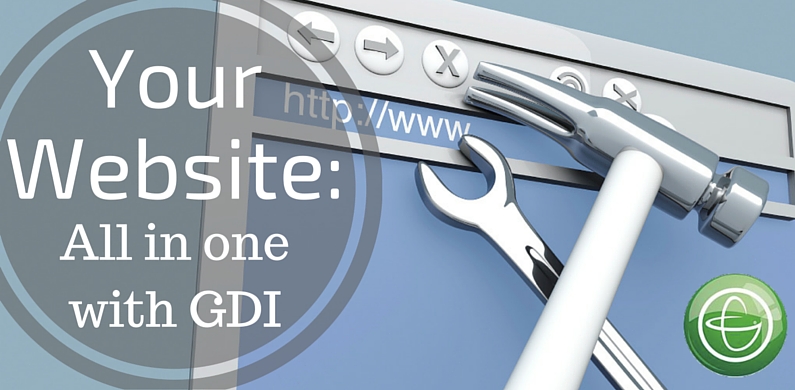The call to action button is a major part of your website. If you had to choose one thing to keep on your website and get rid of everything else, the call to action button would be that one thing. Why? Because the call to action button is those whole purpose of your website. It’s the reason you work to drive traffic to your site. Read on to learn more.
What It Is
The call to action button is a button, link or linked image that asks people to perform an action that benefits your business. For example, in an online store, the call to action button may be “shop.” For an affiliate marketer, the call to action button may be “sign up” or “learn more.” For a political campaign, the call to action may be “join us” or “sign up to learn more.” These are all examples of the first action in a pipeline that gets your potential customer, downline member or volunteer to complete a transaction with you. The call to action isn’t usually the final step, but more like the beginning of the relationship with a customer.
Why You Need It
Website traffic is great, but unless you’re using ads and have tons of traffic, visitors to your website won’t get you much. You need a call to action button to get your visitors to take the next step. You need the button to turn your visitors from being anonymous people visiting your website to being leads and potential customers. The call to action button takes the guess work out of your business, you will find out who is visiting your site and how you can serve them and your new leads can learn more about your directly.
How to Use It
Because it’s so important to your business, your call to action button should be prominent on the main page of your website. It doesn’t need to be so prominent that it’s distracting, but be sure to place it in a place on your website that it can be seen without any scrolling. Also check out where the button appears when our visit your website on a mobile device to make sure it still can be seen. Depending on what you call to action is, you will then use it in different ways. If you use a simple “sign up to learn more” you can share information by email with that sign up. If you choose “sign up for our newsletter” you need to email that person to confirm that they would like to receive emails from you. If you use a service like GDI, look in your missed sign up emails to see who may have clicked the call to action button but not completed the signup process. The call to action is very important, but follow up is what makes it all work.
Every website needs a call to action button, no matter its purpose. The first step toward a new customer includes the call to action button, so make sure it’s on your site!
Are you Ready to Create Your GDI Affiliate Website and Start Earning CASH? Click Below to Learn More!



